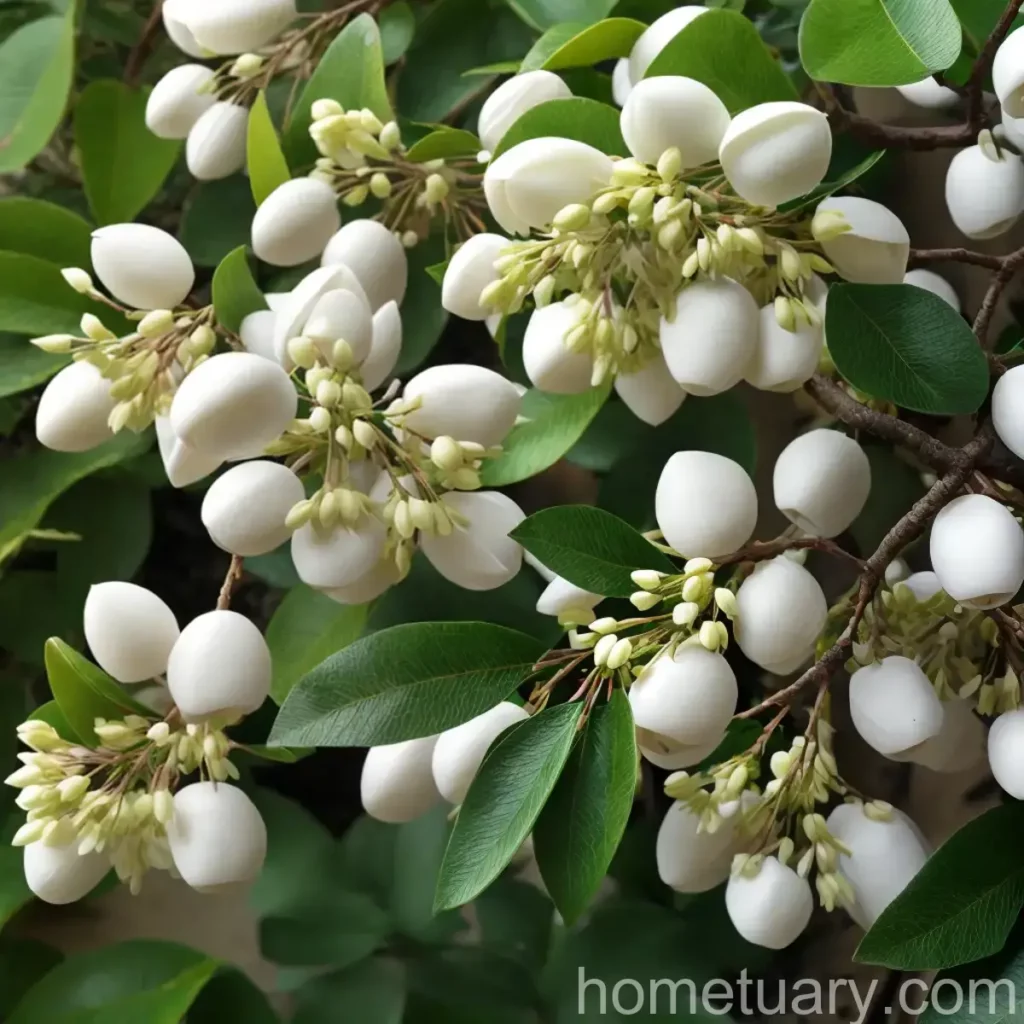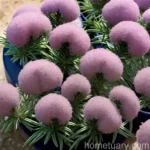The Fascinating World of White Enkianthus (Enkianthus perulatus)
Plants have been an integral part of our lives, providing us with food, shelter, and medicine. They not only add to the aesthetic appeal of our surroundings but also offer numerous ecological and environmental benefits. Throughout history, humans have marveled at the diversity of plant life and have continually sought to uncover the secrets and potential of various plant species. In this blog post, we will delve into the realm of the enchanting white enkianthus (Enkianthus perulatus). For plant enthusiasts, horticulturists, and nature lovers, this exquisite shrub holds a special allure due to its ornamental beauty, cultural significance, and ecological contribution.
Part 1: What is White Enkianthus (Enkianthus perulatus)?
Plants are vital constituents of the natural environment, playing crucial roles in ecological processes and sustaining life on Earth. The white enkianthus is a member of the Ericaceae family and is native to Asia, particularly Japan, where it is highly esteemed for its ornamental qualities. This deciduous and slow-growing shrub is admired for its elegant form, attractive foliage, and delicate, bell-shaped, creamy white flowers that adorn its branches in spring. The white enkianthus typically reaches a modest height of 6 to 10 feet, making it suitable for small gardens, woodland landscapes, and urban settings. The genus name Enkianthus is derived from the Greek words enkyos and anthos, meaning “pregnant” and “flower,” respectively, alluding to the inflated shape of the flowers.
Part 2: Key Takeaways – White Enkianthus (Enkianthus perulatus)
Here are some key takeaways for anyone interested in cultivating and admiring the captivating white enkianthus:
Culture
- Botanical Name: Enkianthus perulatus
- Common Name: White Enkianthus
- Family: Ericaceae
- Genus: Enkianthus
- Species: Perulatus
Uses
- Landscaping: Adds charm to gardens, woodland areas, and shaded borders
- Ornamental: Valued for its graceful form, attractive foliage, and delicate blossoms
- Cultural: Holds significance in Japanese gardens and folklore
Water
- Moderate: Requires regular watering, especially during dry spells
- Well-Drained Soil: Ensures proper soil moisture without waterlogging
Sunlight
- Partial Shade: Thrives in dappled light or light shade
- Protection from Harsh Sun: Avoids long exposure to intense sunlight
Fertilizer
- Acidic: Prefers fertilizers suitable for ericaceous plants
- Balanced Nutrients: Benefits from a slow-release, balanced fertilizer in spring
Soil
- Acidic pH: Flourishes in acidic to slightly acidic soil (pH 4.5-6.0)
- Organic Matter: Benefits from well-drained, humus-rich soil
Pruning
- After Flowering: Prune lightly to maintain shape and encourage bushy growth
- Remove Deadwood: Enhances air circulation and overall plant health
Propagation
- Softwood Cuttings: Best propagated from softwood cuttings in early summer
- Rooting Hormone: Aids in the successful establishment of cuttings
Container Popularity
- Suitable for Containers: Ideal for growing in containers on patios or urban spaces
- Ornamental Impact: Adds visual appeal to outdoor and indoor settings
Container Common Diseases
- Avoid Overwatering: Prevents root rot and fungal diseases in potted plants
- Good Drainage: Ensures proper air circulation and prevents waterlogged soil
Part 3: Disease Diagnosis & Common Pests
Common Diseases
- Powdery Mildew: Watch for white, powdery growth on leaves
- Root Rot: Caused by overwatering or poorly drained soil
Disease Diagnosis
- Fungal Afflictions: Address with appropriate fungicidal treatments
- Cultural Practices: Maintain good plant hygiene and proper growing conditions
Common Pests
- Aphids: Check for clusters of small, soft-bodied insects on new growth
- Scale Insects: Look for small, immobile, waxy bumps on stems and leaves
Botanist’s Tips
- Enhanced Resistance: Healthy plants are less susceptible to diseases and pests
- Vigilant Monitoring: Regular inspection aids in early pest and disease detection
Fun Facts
- Ecological Importance: Attracts pollinators and small wildlife to gardens
- Cultural Heritage: Holds significance in Japanese gardens and traditions
Part 4: Links to External Resources
Plant enthusiasts, horticulturalists, and nature lovers can find further information and resources on white enkianthus through the following links:
- Royal Horticultural Society – Enkianthus – Provides detailed information on Enkianthus perulatus and its cultivation.
- Missouri Botanical Garden – White Enkianthus – Offers insights into the characteristics and growing conditions of the white enkianthus.
- American Horticultural Society – Enkianthus Cultivation Guide – Presents a comprehensive guide to cultivating Enkianthus species in gardens.
These resources provide a wealth of knowledge and practical insights for plant enthusiasts seeking to enrich their understanding of this captivating plant species.
In the intricate world of plants, the white enkianthus (Enkianthus perulatus) stands out for its mesmerizing beauty, cultural significance, and ecological value. From the graceful white blossoms that adorn its branches to its symbolic significance in Japanese folklore, this ornamental shrub continues to captivate plant enthusiasts and nature lovers alike. Whether it’s adding a touch of elegance to garden landscapes or serving as a source of inspiration for cultural traditions, the white enkianthus remains a treasure in the world of horticulture.
Throughout this blog post, we have explored various aspects of the white enkianthus, ranging from its cultural significance and ecological contributions to its care requirements and propagation methods. By understanding the intricacies of this enchanting plant, we can appreciate its value in both natural and cultural contexts, further enriching our connection with the natural world.
As we continue to unravel the complexities and wonders of plant life, the white enkianthus reminds us of the boundless beauty and significance found within the botanical realm. Whether in a garden setting, a natural woodland habitat, or the rich tapestry of cultural heritage, this extraordinary plant continues to inspire and delight, serving as a testament to the enduring fascination of the natural world.















